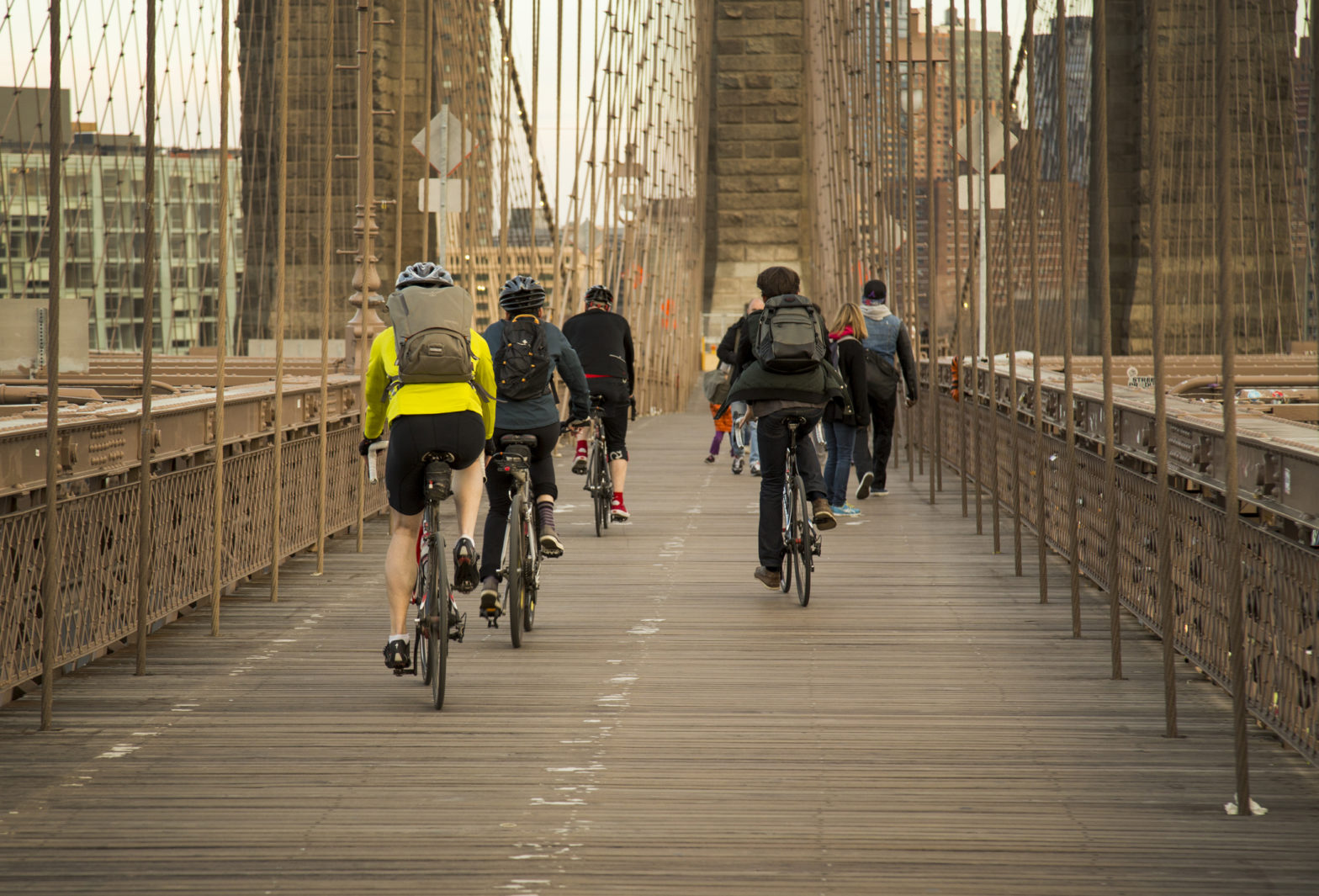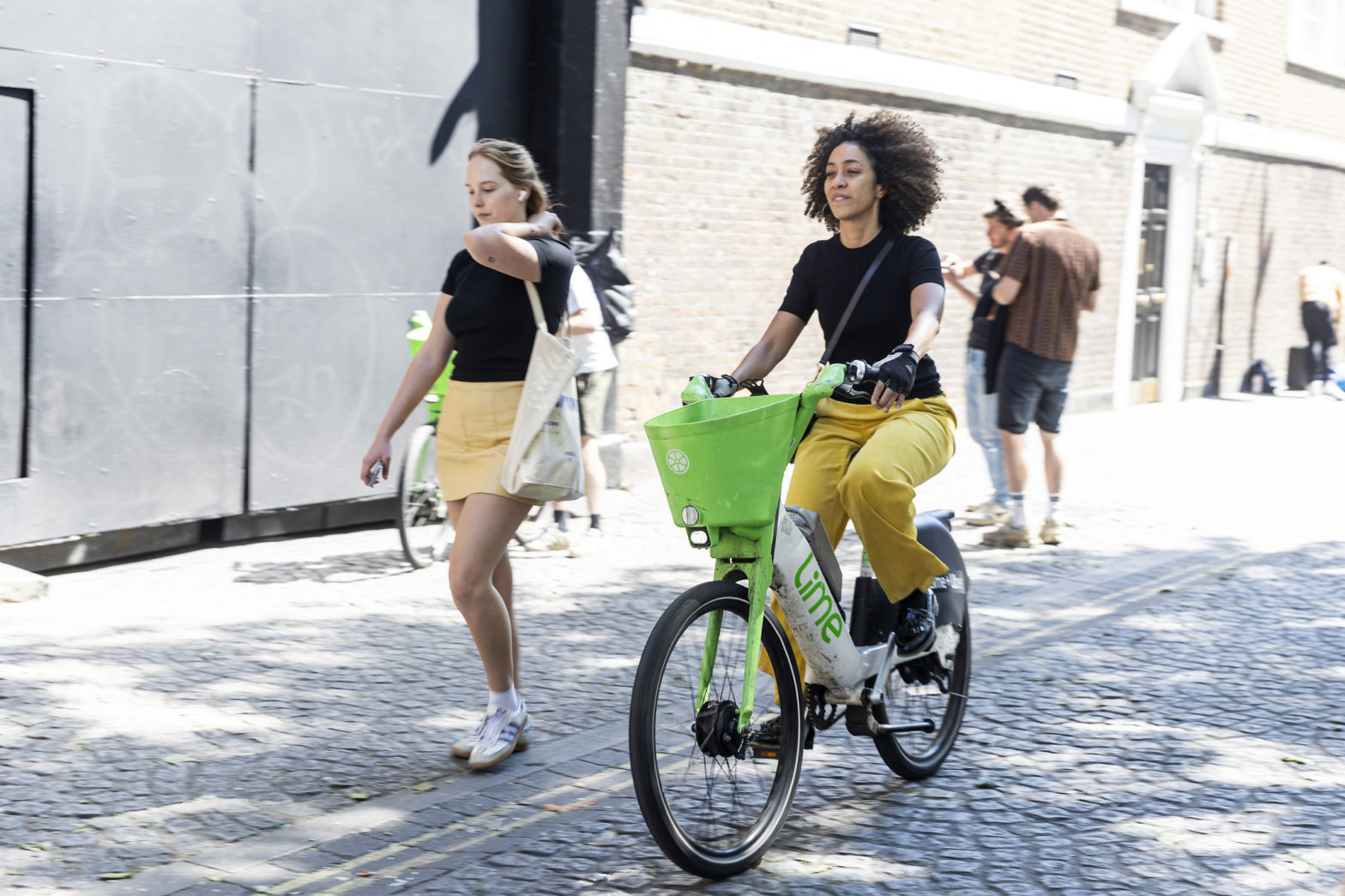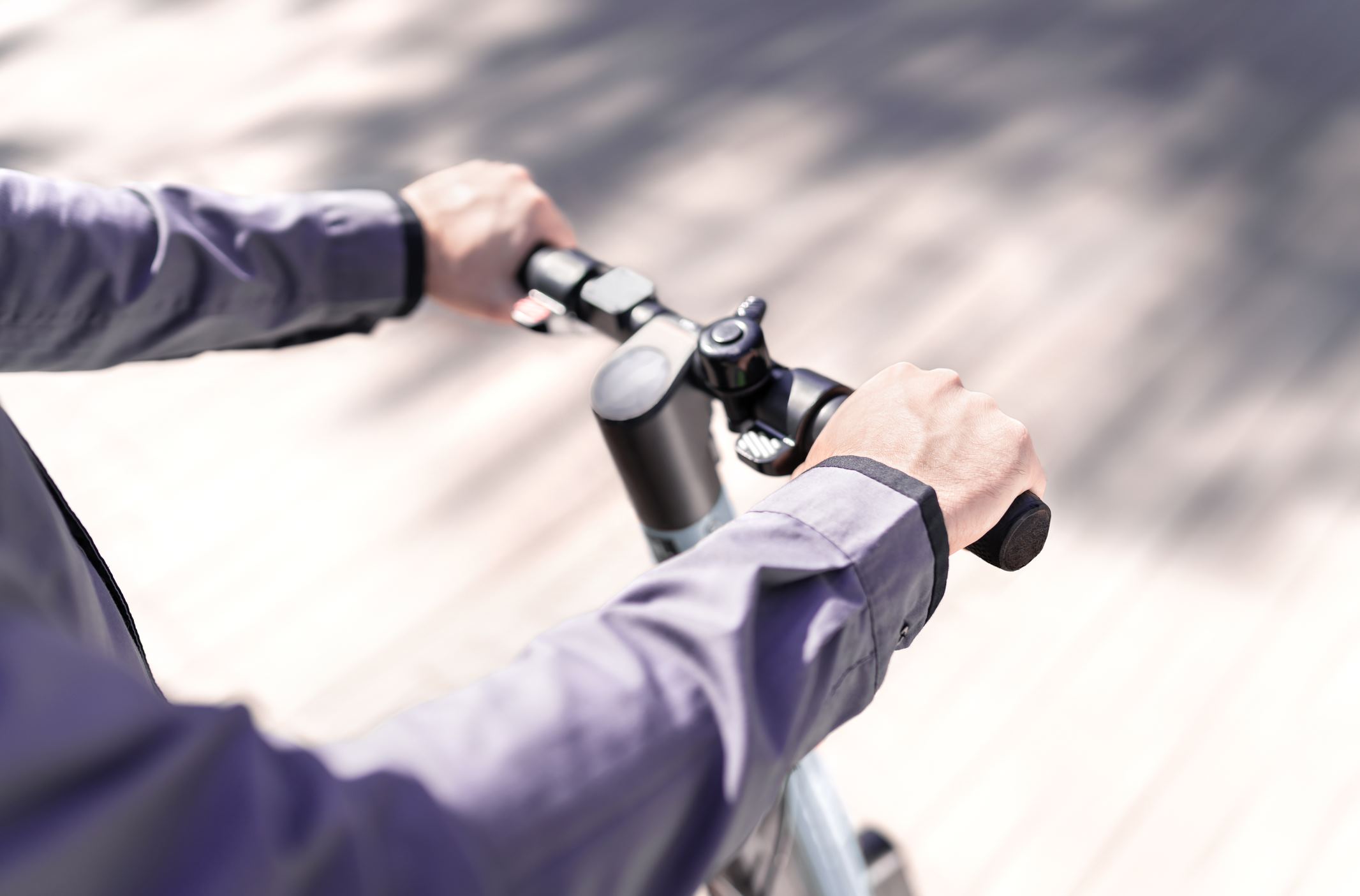
More US cities reach key bikeability threshold
30 June 2025
by William Thorpe
Cities across the US are showing continued progress in building safer, more connected cycling infrastructure, according to the 2025 City Ratings published by PeopleForBikes, a national organisation that tracks bike network quality and accessibility.
This year, 234 US cities scored 50 or higher–up from 183 in 2024–indicating wider adoption of infrastructure that supports low-stress, everyday cycling as part of broader mobility networks.
The City Ratings programme evaluates nearly 3,000 cities using the Bicycle Network Analysis (BNA), which measures how easily people can reach destinations such as work, shops and schools via protected and low-traffic bike routes. A score of 50 is viewed as a critical threshold that signals a shift toward viable and inclusive cycling networks.
For city mobility teams, these ratings provide a benchmark to assess progress year-on-year, while also offering insight into design priorities and investment gaps. The analysis draws on PeopleForBikes’ SPRINT framework–which includes safe speeds, protected bike lanes, reallocated space, intersection treatments, network connections and trusted data–providing a structured approach for cities to improve cycling conditions.
Top-ranked large cities show steady but modest gains
Among large cities, Brooklyn recorded the highest score in 2025 at 73, followed by Minneapolis (72) and Seattle (66). Washington, DC, saw the largest year-on-year improvement, increasing from 46 to 52. For the first time, all ten of the top-scoring large cities exceeded the 50-point mark, a signal of broad-based progress in integrating active travel into transport systems in metropolitan areas.
Smaller and medium-sized cities also showed significant gains. Mackinac Island became the first city in the programme’s history to achieve a perfect score of 100. La Crosse, Wisconsin, entered the top 10 medium cities after raising its score from 61 to 65, joining long-standing high performers such as Davis and Berkeley in California.
Data quality, policy reform and street-level interventions all influenced score changes. In Hailey, Idaho, a 53-point improvement was recorded after the implementation of a 25 mph speed limit across residential streets and a comprehensive update to mapping data. These examples illustrate how relatively modest measures–such as lowering vehicle speeds and verifying route data–can yield substantial results in improving network accessibility.
Notably, 51 cities crossed the 50-point threshold in 2025. Of these, 21 were rated for the first time, while 30 were returning cities that have made measurable improvements. According to PeopleForBikes, 80 percent of US cities have increased their score since 2020, with 22 percent improving by more than 10 points.
While most large cities recorded only incremental changes–typically one or two points–these shifts are seen as meaningful in the context of complex urban networks. Year-on-year changes, while valuable, may be more indicative of long-term progress when assessed over multiple cycles.
Image: Hafakot | Dreamstime.com






